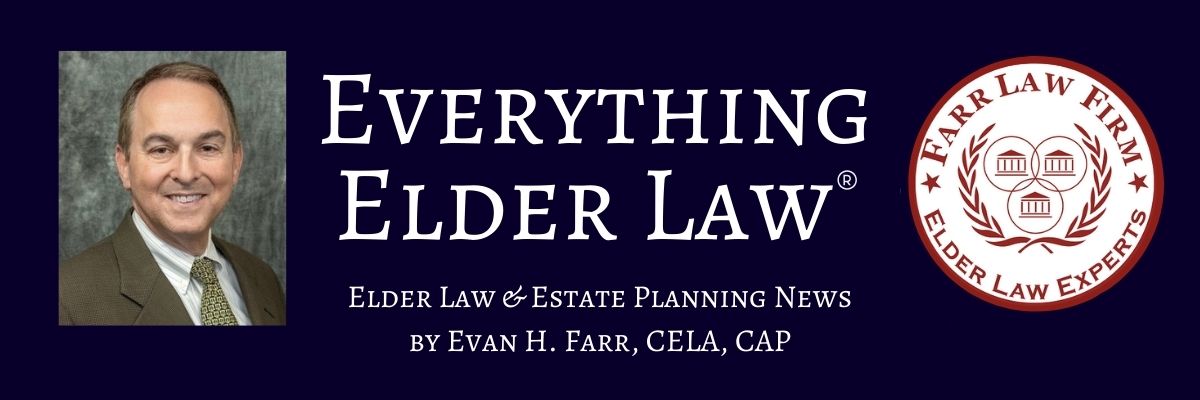Q. My mother, Roxanne, 76, has suffered from lung disease for ten years. She still has her wits about her, and spends her days knitting, reading historical novels, and sipping tea. Recently, her doctor recommended hospice care, and I was perplexed by his recommendation. She has been living fine for a decade with her lung disease, and it doesn’t seem to be getting worse. Why would he recommend hospice now? I thought hospice was for people who were dying. I have also heard horror stories about the quality of care that hospices offer. Have you heard anything about this, and am I right to be concerned?
A. Hospice is an alternative to regular medical care for people in the final months of life. Instead of continuing to try curing or delaying a fatal disease or condition, hospice ends treatment altogether. If someone chooses hospice care, it means he or she can leave spend his or her last weeks or months at home or, in a few cases, in a specialized hospice facility.
You are right to be concerned. A recent series of articles in The Washington Post, entitled “The Business of Dying” investigates whether hospices are safe and how they sometimes decline to provide proper care. To conduct the study, The Washington Post analyzed the Medicare billing records for more than 2,500 hospice providers, obtained an internal Medicare tally of nursing care in patients near death, and reviewed complaint records against hundreds of hospice providers. They did so because Medicare pays for the vast majority of hospice care in the United States. Let’s explore the findings uncovered by the Washington Post:
- Patient neglect: Hospices are supposed to be able to provide either “continuous” nursing care at home or inpatient care at a medical facility. However, when some home hospice patients encounter crises—including pain, breathing troubles, seizures— and need sustained attention, they are sometimes not getting the assistance they need. According to the Post investigation, one in six U.S. hospice agencies, serving more than 50,000 of the terminally ill, did not provide crisis care to any of their patients in 2012. In fact, at 445 hospices, a third or more of patients died without having seen a skilled nurse in the 48 hours before their death. Read more in “Part One: Terminal neglect? How some hospices decline to treat the dying.”
- Safety concerns: The typical hospice provider in the U.S. undergoes a full government inspection about once every six years, according to federal figures, making it one of the least-scrutinized areas of U.S. health care. By contrast, nursing homes are inspected about once a year, and home health agencies every three years. According to the Washington Post, “the dispersal of patients makes oversight difficult to begin with, but the infrequency of inspections means shortcomings are even less likely to be detected.” So, how can we really know if a hospice is safe? Read more in “Part Two: Is that hospice safe? Infrequent inspections mean it may be impossible to know.”
- Rising discharge rates: Even though hospices aim to care for their patients until they die, at hundreds of U.S. hospices, more than one in three patients were released alive, according to a new study funded by Medicare. This is a sign that patients may be leaving to seek treatment elsewhere. It is normal for a hospice to release a small portion of patients before death (15%), but when the rate of patients leaving hospice care alive is double that level, it can signify either that agencies are driving the patients away with inadequate care, or enrolling patients in the first place who aren’t really dying — in order to pad their profits. Read more in “Part Three: Rising rates of hospice discharge in U.S. raise questions about quality of care.”
- Lethal doses: With the surge of hospices enrolling patients who aren’t close to death, hospice patients who are not actively dying are nevertheless being treated with powerful pain-killers that are routinely used by hospice providers in order to ease suffering and at the same time hasten death. There are no statistics on how often such abuses may be occurring, but complaints from around the country illustrate the potential dangers of overdosing and drug dependency and addiction caused by enrolling a non-dying relative in hospice care. Read more in “Part Four: As more hospices enroll patients who aren’t dying, questions about lethal doses arise.”
- Quality of hospices: Though the federal government publishes consumer data about the quality of other health-care companies, including hospitals, nursing homes, and home health agencies, it provides no such information about hospices. State inspections are often unpublished, and when they are, they are often hard to understand. So, again, a family is typically choosing hospice care blindly with no idea if it is safe for their loved one. Read more in “Part Five: Quality of U.S. hospices varies, patients left in dark.”
- A warehouse for dying: Nurses and clinicians at hospice facilities feel powerless to change the system. Although they feel frustrated and may disagree with the aggressive treatment and whether it is necessarily warranted, they have to do what they are legally required to do. Read more in “Part Six: Warehouses for the dying’: Are we prolonging life or prolonging death?”
- Dying and profits: As for-profit companies transformed the hospice movement, which was once dominated by community and religious organizations, into a $17 billion industry, patient care suffered along the way. According to The Washington Post investigation, patients who need hospice care are typically much better off using a non-profit hospice facility, because the typical for-profit hospice: spends less on nursing per patient; is less likely to have sent a nurse to a patient’s home in the last days of life; is less likely to provide more intense levels of care for patients undergoing a crisis in their symptoms; and has a higher percentage of patients who drop out of hospice care before dying. Read more in “Part Seven: Dying and profits: The evolution of hospice.”
As you can see from The Washington Post’s investigation, many hospice providers are failing to provide quality care for patients, and the industry suffers from safety concerns due to infrequent inspections, lack of crisis care, lack of reporting consumer data, admission of people who aren’t dying and who eventually get discharged, and other issues. In fact, the Consumer Reports from November 2014 takes on end-of-life care and recommends that families steer away from newer, for-profit hospices. If you do decide that hospice care is best for your mother, The Washington Post published a consumer guide to the nation’s hospices to fill the void of public information about them. However, this consumer guide has one very significant limitation, i.e., it does not indicate whether the hospice provider has an actual hospice facility or whether it is just a hospice provider that provides care at private homes and nursing homes. To compound this problem, The Washington Post Consumer Guide gives an address for each hospice, even though for most hospice providers this address is merely a corporate office, and not an actual hospice facility. For example, if you search for Hospices in Fairfax County, Virginia, 5 are listed; however, not one of these has an actual hospice facility.
As mentioned above, nursing home facilities are inspected once a year and have much consumer data and research available to help you choose the right facility. However, please keep in mind that should your mother need a nursing home now or in the future, in the DC Metro area, they cost $10-12,000 a month. To protect your family’s hard earned money and assets from these catastrophic costs, the best time to create your long-term care strategy is before you actually need long-term care. If you’re over 65, we recommend that you begin your asset protection planning now. Even if you are currently receiving services for yourself or a loved one, it’s still not too late to plan.
If you have not done Long-Term Care Planning, Estate Planning or Incapacity Planning (or had your Planning documents reviewed in the past several years), please call Farr Law Firm, P.C. at 703-691-1888 in Fairfax, 540-479-1435 in Fredericksburg, 301-519-8041 in Rockville, MD, or 202-587-2797 in Washington, DC to make an appointment for a consultation.

















Hello, friends at Evan’s office:
I always enjoy your newsletters tremendously and this one brought some memories from the
time my beloved mom was in the nursing home. She passed a few months ago.
At a low point during her long illness, my mom was under the care of a Hospice (service company) employee who reported to work at the nursing home. Fortunately, mom got a bit better and eventually “graduated” from hospice care but unfortunately remained in the nursing home for three more years. Our family decided that we were better caretakers than a “hospice” employee and one of us quit our job and cared for her at the nursing home on almost a daily basis. Mom always told us she felt we did a better job than the hospice employee who often spent most of her time texting or on her phone and ignored my mom.
It was through that experience that I learned that “Hospice” is better described a medical staffing company providing companions to the terminally ill rather than “Hospice” being of a place or building where the terminally ill physically go to be taken care of during their
last days.
Probably because of terminology, the word “hospice” is often confused or associated with “Hospital for the terminally ill” and, in fact, there are very few such places, as you point out in your article.
We learned hospice is a service rather than a location and many of the hospice’s employees seem improperly qualified to care for the terminally ill; therefore it is paramount that families screen several hospice companies and employees that will take care of their loved one and ensure that they possess the appropriate skills and training (not to mention a thorough background check) to support their loved ones in a caring and honest way. Especially if these hospice employees go to the patient’s home.
Hope my experience helps others.
Best regards,
Alicia